Home>Furniture & Design>Office Furniture>How To Lower An Office Chair
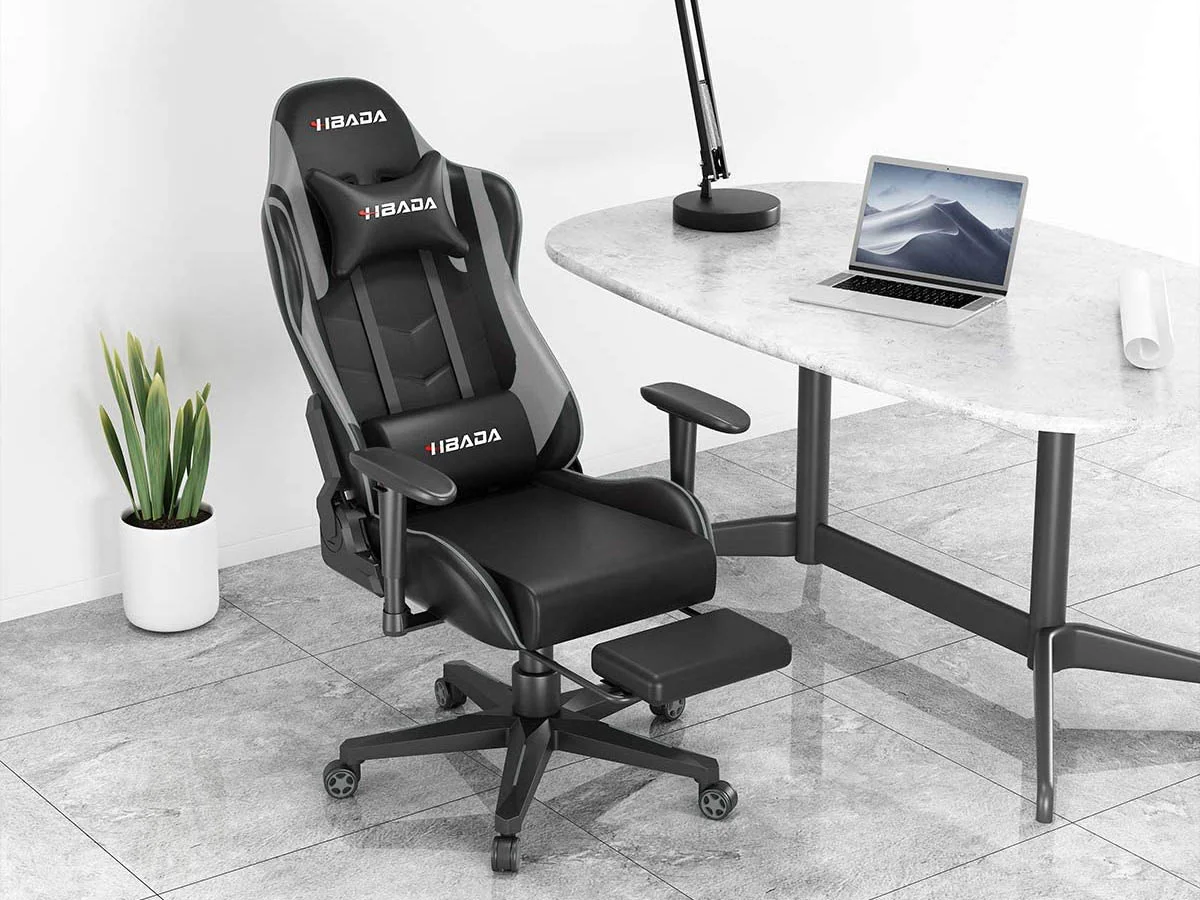

Office Furniture
How To Lower An Office Chair
Modified: August 17, 2024
Learn effective techniques for lowering an office chair and improving your workspace comfort. Discover expert tips for adjusting office furniture to suit your needs.
(Many of the links in this article redirect to a specific reviewed product. Your purchase of these products through affiliate links helps to generate commission for Storables.com, at no extra cost. Learn more)
Introduction
Welcome to the world of ergonomic office chairs! These marvels of modern design are not only comfortable but also customizable to suit your unique needs. In this guide, we will explore the art of lowering an office chair to achieve the perfect seating position.
Whether you spend hours at a desk for work or enjoy gaming or browsing the internet, having an office chair that fits you properly is essential for maintaining good posture and preventing discomfort. Many office chairs come with a range of adjustable features, allowing you to tailor the chair to your body and preferences.
In the following sections, we will delve into the various aspects of lowering an office chair. We will start by examining the chair's features, move on to adjusting the height and tilt, and explore additional accessories that can enhance your seating experience. By the end of this guide, you will be equipped with the knowledge to optimize your office chair for maximum comfort and support.
So, let's embark on this journey to discover the secrets of achieving the ideal seating position in your office chair!
Key Takeaways:
- Master the art of adjusting your office chair’s height and tilt to achieve optimal comfort and support, promoting good posture and reducing discomfort during long periods of sitting.
- Enhance your seating experience by incorporating ergonomic accessories such as a footrest and lumbar support pillow, ensuring a healthy and comfortable workspace for improved well-being.
Checking the Chair’s Features
Before making any adjustments to your office chair, it’s essential to familiarize yourself with its various features. Most modern office chairs are equipped with multiple adjustable components that contribute to overall comfort and support. Here are the key features to inspect:
- Seat Height Adjustment: Look for a lever or button beneath the seat that allows you to raise or lower the seat height. This feature is fundamental for achieving an optimal sitting position, as it determines the alignment of your thighs and lower legs.
- Chair Tilt Mechanism: Some chairs have a tilt function that enables you to adjust the angle of the seat and backrest. Understanding how this mechanism works is crucial for customizing your seating experience to your liking.
- Armrest Adjustment: If your chair has adjustable armrests, take note of the controls for raising, lowering, or repositioning them. Properly positioned armrests can alleviate strain on your shoulders and neck.
- Lumbar Support: Assess whether your chair provides lumbar support, either through built-in lumbar support or an adjustable lumbar cushion. Adequate lumbar support is vital for maintaining the natural curve of your lower back.
- Swivel and Casters: Check the chair’s swivel function and the quality of its casters. Smooth swiveling and durable casters are essential for effortless movement and accessibility around your workspace.
By familiarizing yourself with these features, you’ll gain a deeper understanding of how your office chair can be customized to suit your body and preferences. Once you’ve identified these components, you’ll be ready to make the necessary adjustments to lower your office chair and achieve an ergonomically sound seating position.
Adjusting the Chair Height
One of the most fundamental aspects of optimizing your office chair is adjusting its height to ensure proper alignment and support for your body. Here’s a step-by-step guide to adjusting the chair height:
- Locate the Height Adjustment Control: Depending on the chair model, the height adjustment control may be in the form of a lever, button, or pneumatic cylinder. It is typically located beneath the seat or on one side of the chair.
- Assess Your Feet Position: Before making any adjustments, ensure that your feet are flat on the floor or a footrest. This provides a stable base and promotes proper circulation in your lower body.
- Adjust the Seat Height: If your chair features a lever, pull it up to raise the seat or push it down to lower the seat. For chairs with a pneumatic cylinder, simply lift your weight off the seat while pulling the lever to raise it, or remain seated while pulling the lever to lower it.
- Test the Height: After making the adjustment, sit in the chair and assess whether your feet are comfortably resting on the floor or footrest. Your thighs should be parallel to the floor, and your knees should form a 90-degree angle when seated.
- Ensure Proper Posture: With the chair at the appropriate height, your spine should maintain its natural curve, and your shoulders should be relaxed. If necessary, make further adjustments to achieve optimal posture and comfort.
By following these steps, you can fine-tune the height of your office chair to create a supportive and comfortable seating environment. Proper seat height not only enhances your posture but also reduces strain on your lower back and legs, allowing you to focus on your tasks with ease.
Adjusting the Chair Tilt
Understanding and utilizing the chair tilt function can significantly enhance your comfort and support while seated. The tilt mechanism allows you to adjust the angle of the seat and backrest, providing flexibility and promoting healthy posture. Here’s how to make the most of this feature:
- Identify the Tilt Controls: Locate the tilt adjustment controls, which are typically positioned beneath the seat or on one side of the chair. Depending on the chair model, you may have separate controls for the seat angle and backrest angle.
- Experiment with the Tilt Range: Before settling on a specific tilt angle, take some time to experiment with the range of motion. Lean back and forth to gauge the degree of tilt that feels most comfortable and supportive for your body.
- Set the Desired Tilt Angle: Once you’ve determined the optimal tilt angle, use the tilt adjustment controls to lock the seat and backrest into position. Some chairs feature a tension knob that allows you to customize the resistance of the tilt mechanism to suit your preference.
- Observe Your Posture: Sit in the chair and assess your posture with the chosen tilt angle. A slight recline can alleviate pressure on your spine and promote circulation, while a more upright position may be preferable for focused tasks.
- Adapt to Task Requirements: Depending on your activities, you may need to adjust the tilt angle throughout the day. For tasks that require active engagement, a more upright position is beneficial, while relaxation or contemplation may call for a gentle recline.
By mastering the chair tilt function, you can tailor your seating experience to your immediate needs and preferences. Whether you seek dynamic support during work or a relaxed posture for brief respites, the chair tilt mechanism offers versatility and adaptability to accommodate your diverse activities.
To lower an office chair, look for the lever or knob underneath the seat. Turn the knob counterclockwise or pull the lever up to lower the chair to your desired height.
Using a Footrest
While adjusting the height of your office chair is crucial for achieving proper posture, incorporating a footrest can further enhance your comfort and alleviate strain on your lower body. A footrest provides support and promotes healthy circulation, especially if your chair height cannot be lowered sufficiently to allow your feet to rest flat on the floor. Here’s how to effectively utilize a footrest:
- Select an Appropriate Footrest: Choose a footrest that is sturdy and adjustable to accommodate your preferred height and angle. Some footrests feature a textured surface or massaging capabilities to enhance comfort.
- Position the Footrest: Place the footrest directly in front of your chair, ensuring that it is stable and secure. Adjust the height and angle to allow your feet to rest comfortably without exerting pressure on your legs or feet.
- Assess Your Seated Position: Sit in your chair and position your feet on the footrest. Your thighs should remain parallel to the floor, and your knees should maintain a 90-degree angle when seated.
- Experience Enhanced Comfort: With the support of a footrest, you’ll notice a reduction in pressure on your lower body and improved circulation. This can contribute to a more relaxed and ergonomic seating experience.
- Adjust as Needed: Depending on your preferences and the duration of your seated activities, you may need to fine-tune the footrest position. Regularly reassess your comfort and make adjustments to optimize your seated posture.
By incorporating a footrest into your workspace, you can mitigate the challenges posed by an inability to lower your chair to the ideal height. The footrest serves as a valuable ergonomic accessory, fostering a supportive and comfortable environment that promotes productivity and well-being during extended periods of seated work.
Read more: What Is A Task Chair Vs. Office Chair
Using a Lumbar Support Pillow
For individuals seeking additional lumbar support or experiencing discomfort in the lower back region, a lumbar support pillow can be a valuable addition to their office chair. These ergonomic pillows are designed to promote healthy spinal alignment and alleviate strain on the lower back. Here’s how to effectively utilize a lumbar support pillow:
- Select the Right Pillow: Choose a lumbar support pillow that is specifically designed for use with office chairs. Look for a pillow with adjustable straps or attachments to secure it to your chair, ensuring that it remains in the optimal position.
- Position the Pillow: Place the lumbar support pillow at the small of your back, where the natural curve of your spine is most pronounced. Adjust the height and position of the pillow to provide targeted support to your lumbar region.
- Assess Your Seated Posture: Sit in your chair with the lumbar support pillow in place. Notice the difference in your seated posture and the level of support provided to your lower back. The pillow should help maintain the natural curvature of your spine.
- Experience Enhanced Comfort: With the added lumbar support, you may notice a reduction in lower back discomfort and improved overall comfort during prolonged periods of sitting.
- Adapt to Your Needs: Depending on your preferences and the nature of your activities, you may need to adjust the position or firmness of the lumbar support pillow. Regularly assess its effectiveness and make necessary modifications to optimize your seated experience.
By incorporating a lumbar support pillow into your office chair, you can address lower back discomfort and promote healthy spinal alignment. This ergonomic accessory serves as a valuable tool for enhancing your seated comfort and minimizing the risk of developing posture-related issues associated with prolonged sitting.
Conclusion
Congratulations on mastering the art of lowering an office chair to achieve optimal comfort and support! By familiarizing yourself with the chair’s features, adjusting its height and tilt, and incorporating ergonomic accessories, you have taken significant steps toward creating a conducive and health-conscious seating environment.
Customizing your office chair to suit your body and preferences is essential for maintaining good posture, reducing the risk of discomfort, and enhancing your overall well-being during extended periods of sitting. Whether you’ve fine-tuned the chair’s height to align with your body or utilized accessories such as a footrest and lumbar support pillow to enhance comfort, your efforts are instrumental in promoting a healthy and ergonomic workspace.
Remember that achieving the ideal seating position is an ongoing process that may require periodic adjustments and reassessments. As your activities and comfort needs evolve, don’t hesitate to revisit the settings and accessories of your office chair to ensure that they continue to support your well-being.
By prioritizing ergonomics and comfort in your workspace, you are investing in your long-term health and productivity. Embracing a holistic approach to seating optimization can lead to improved focus, reduced physical strain, and a more enjoyable and sustainable work or leisure experience.
As you apply the insights gained from this guide, may you find yourself empowered to create a workspace that not only supports your body but also inspires your best work and creativity. Here’s to a future of comfortable, productive, and health-conscious seated endeavors!
Frequently Asked Questions about How To Lower An Office Chair
Was this page helpful?
At Storables.com, we guarantee accurate and reliable information. Our content, validated by Expert Board Contributors, is crafted following stringent Editorial Policies. We're committed to providing you with well-researched, expert-backed insights for all your informational needs.
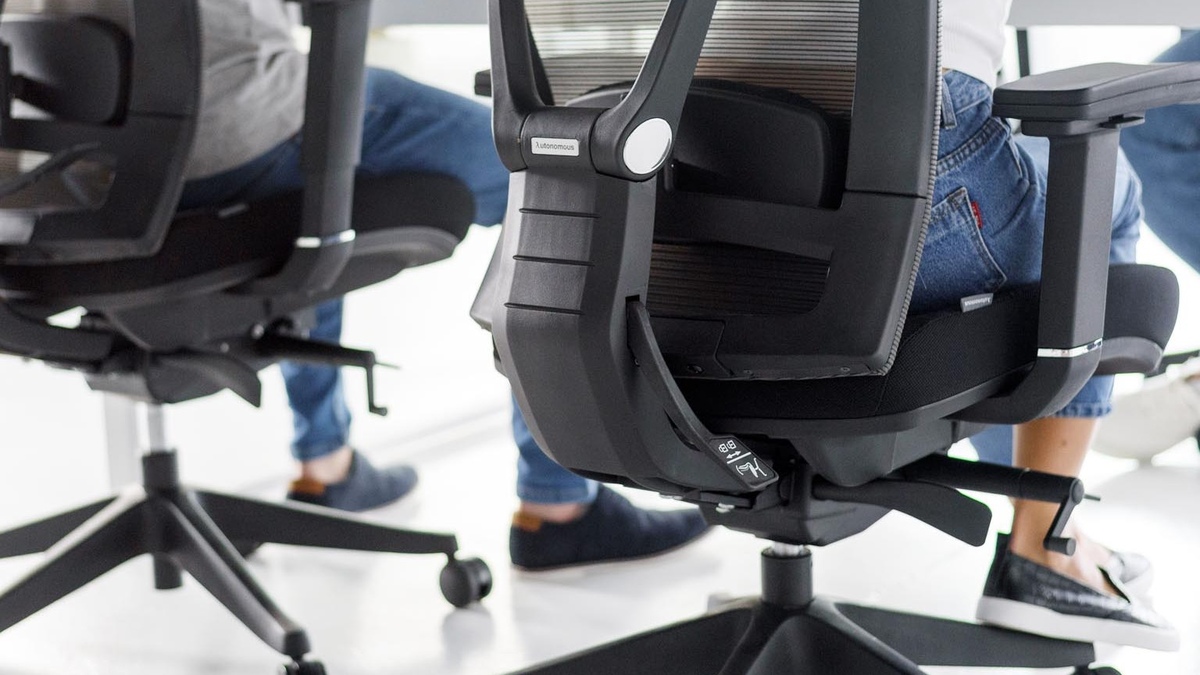

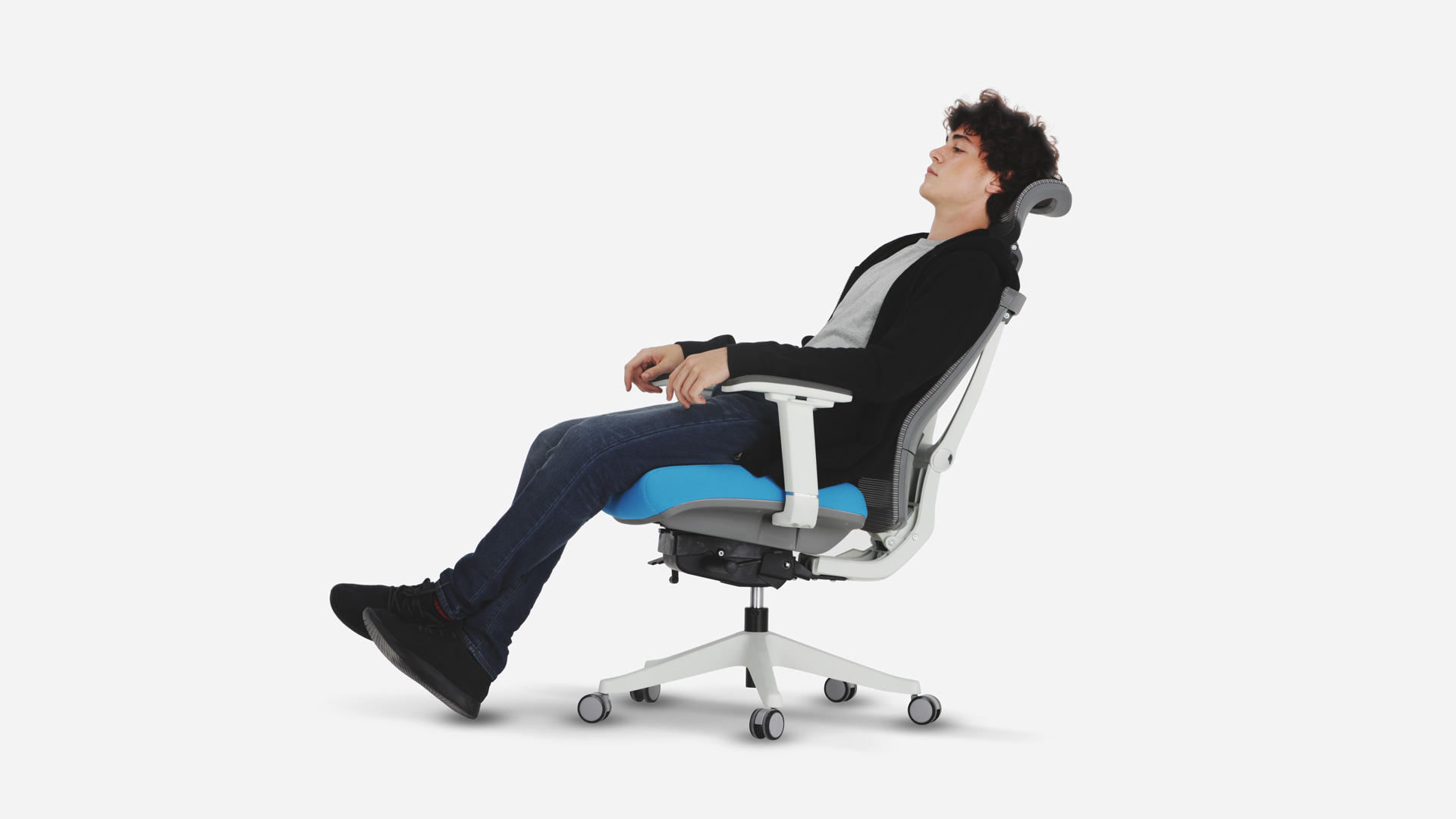

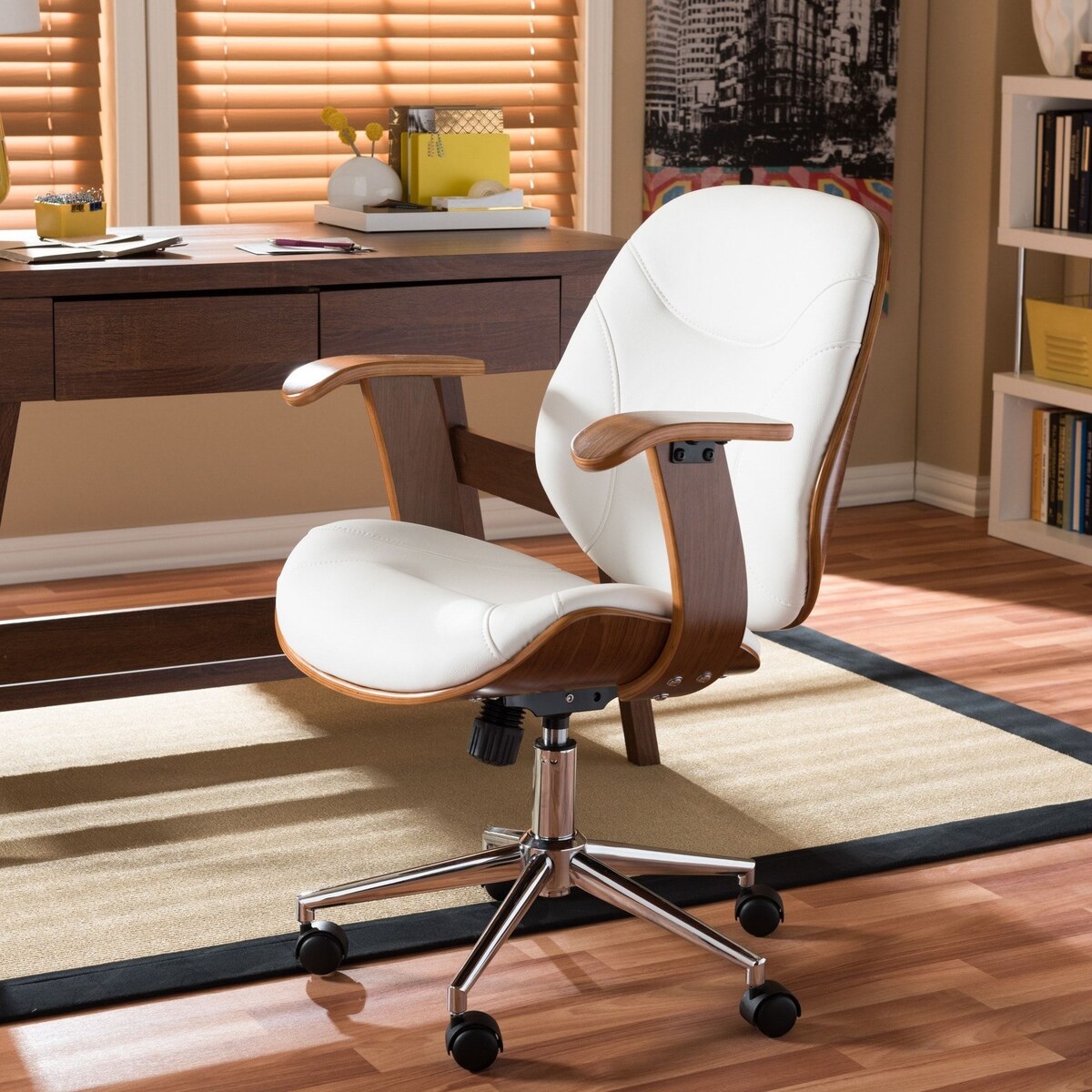
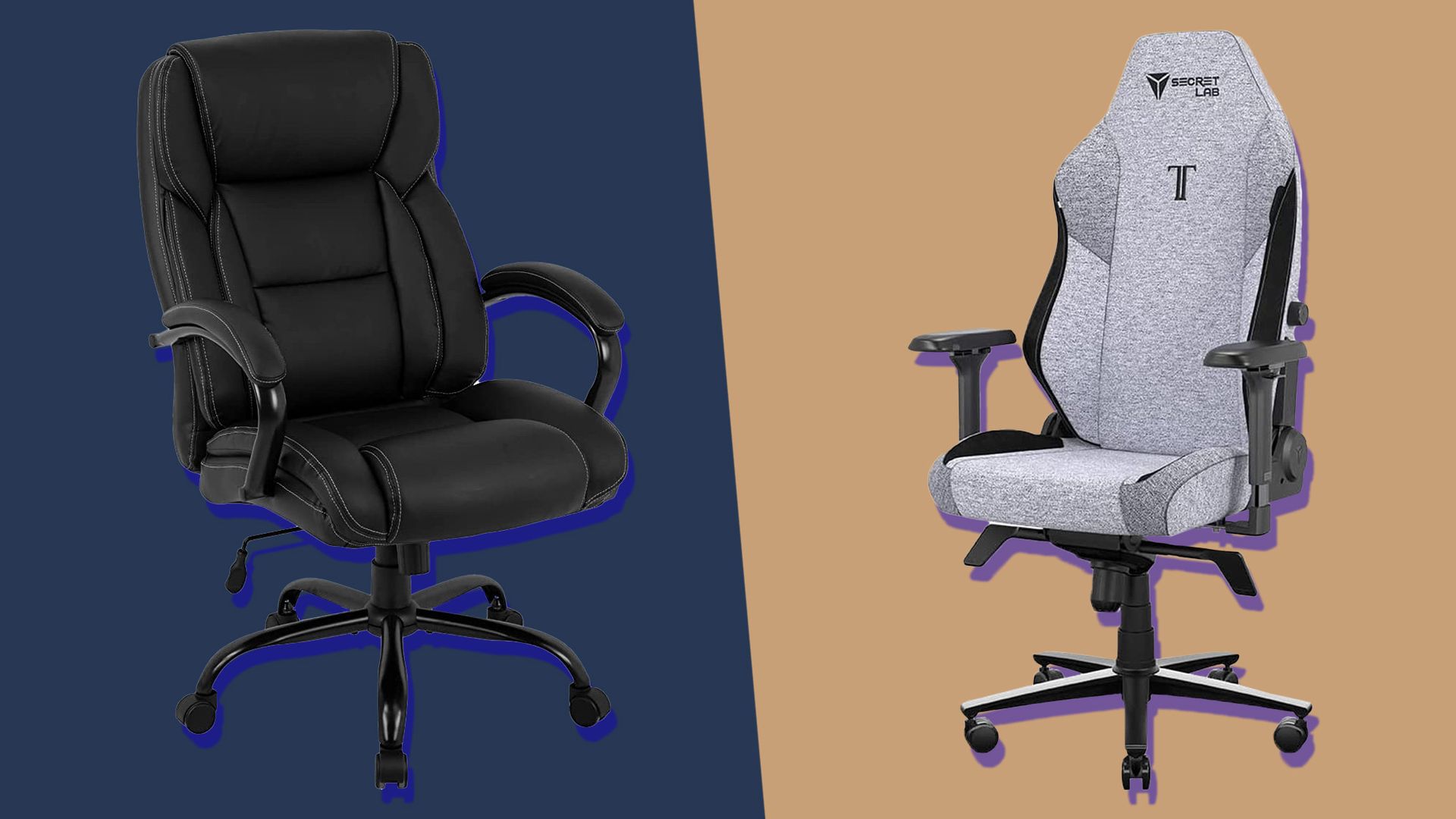
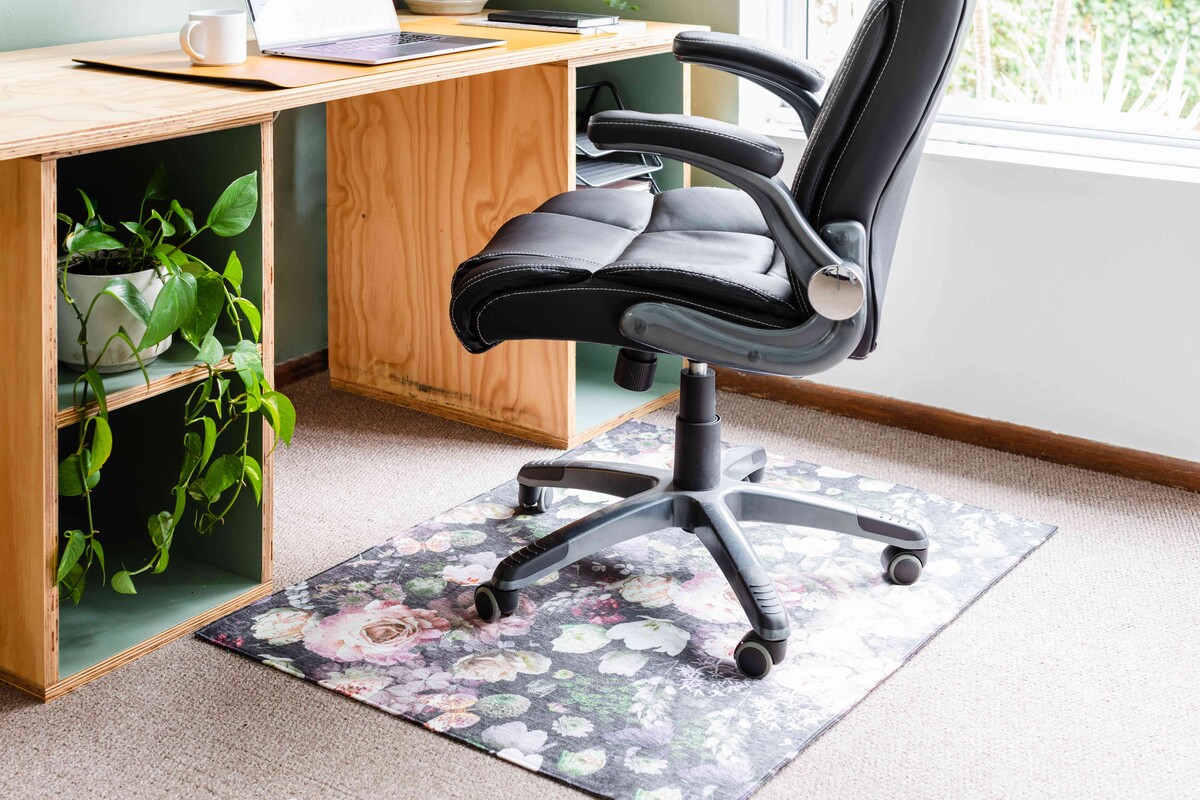
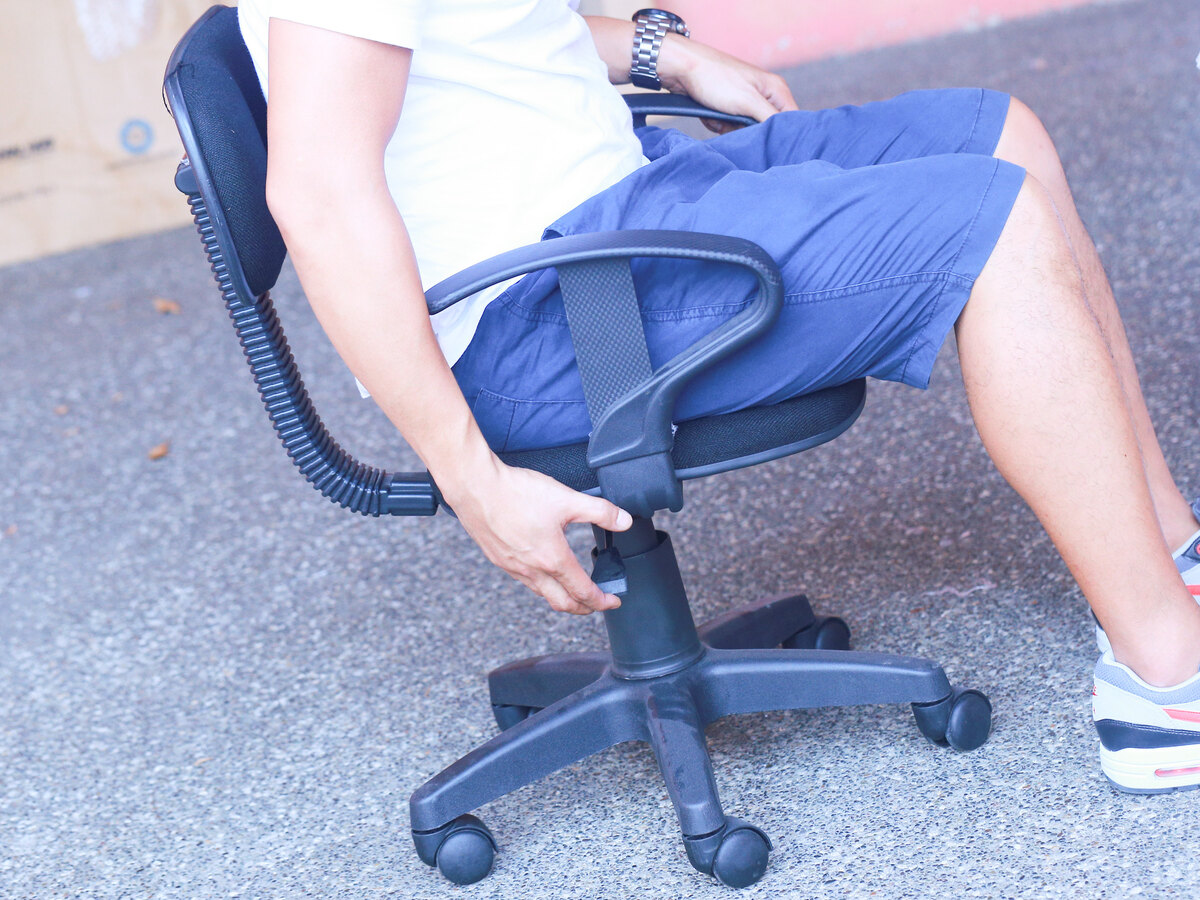
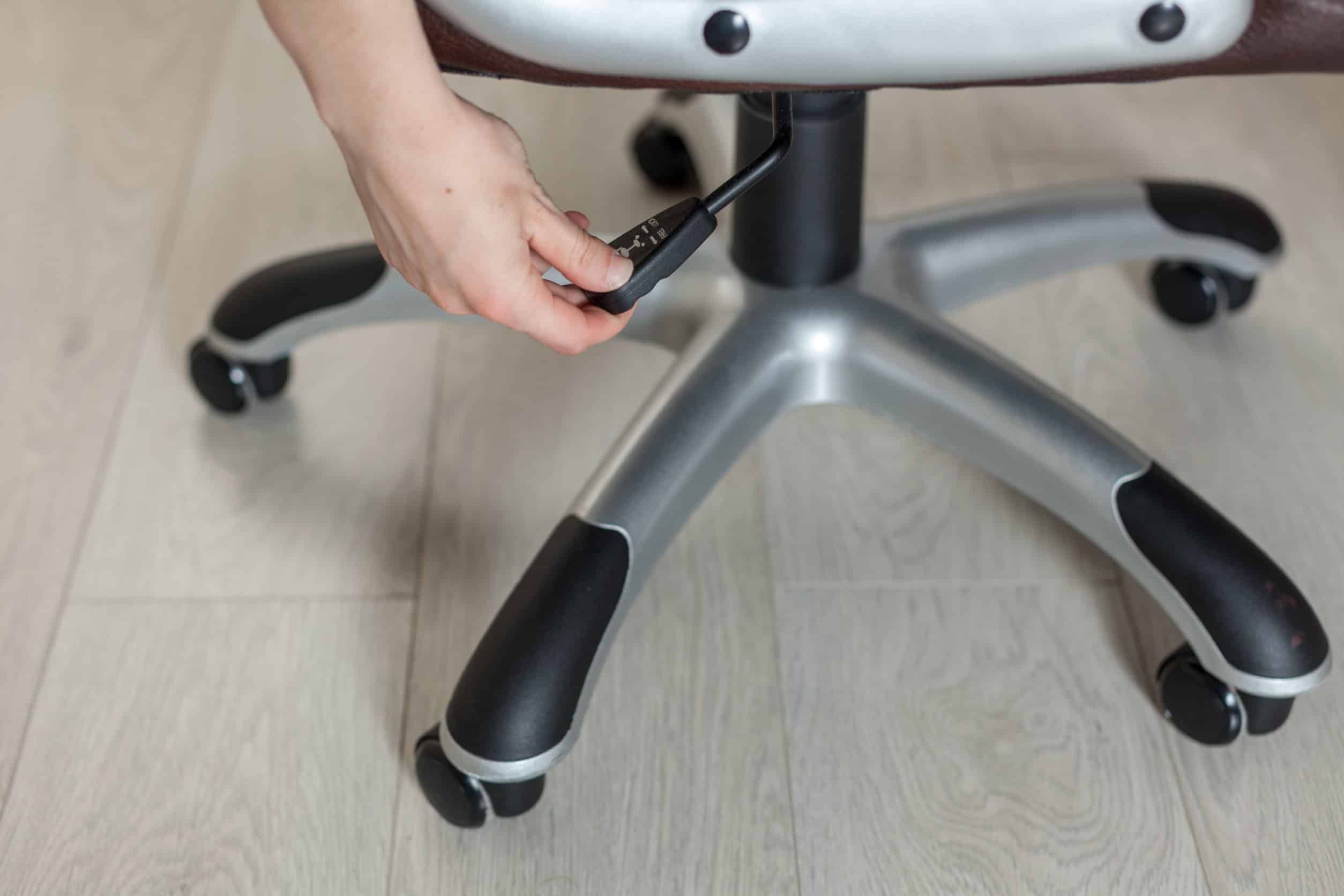
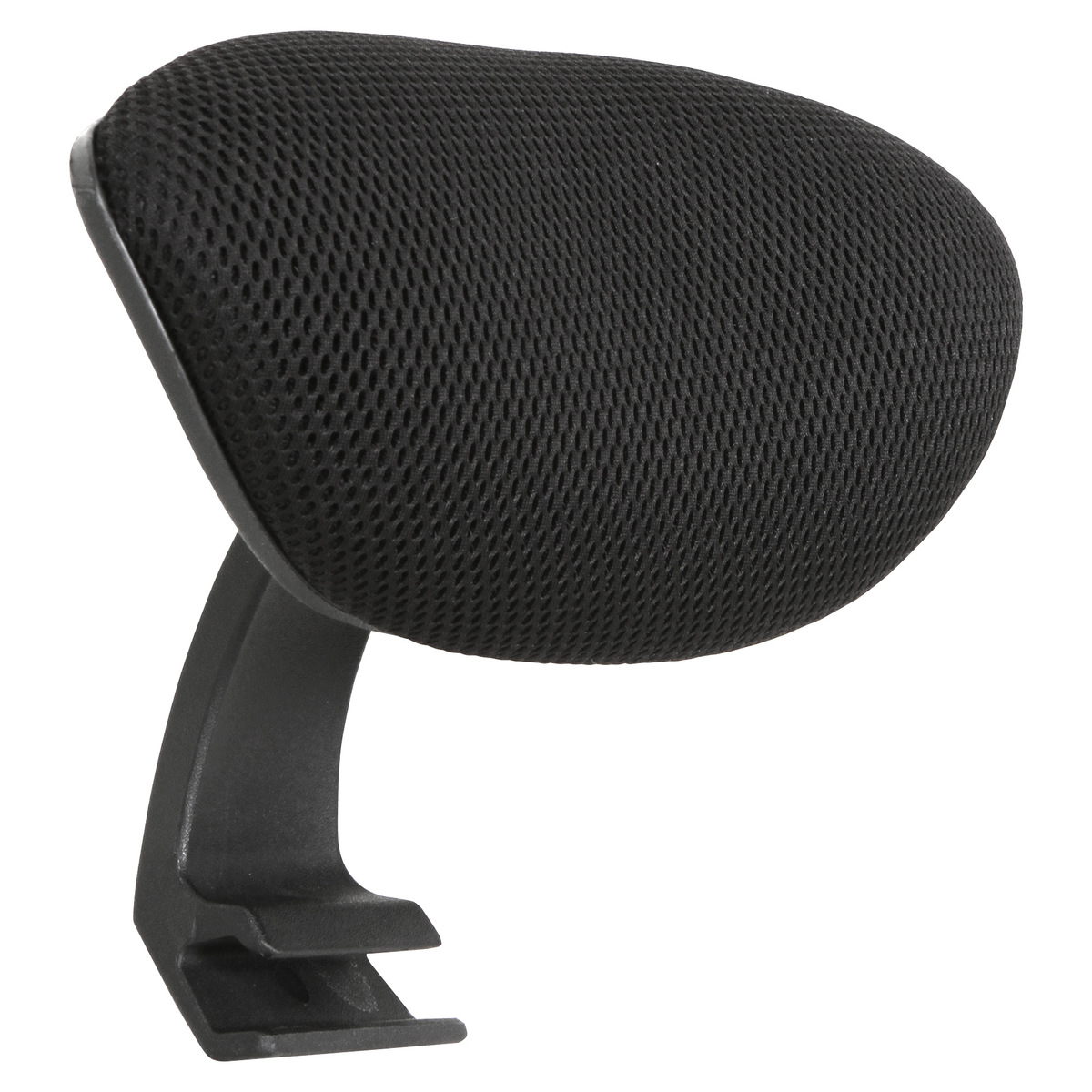


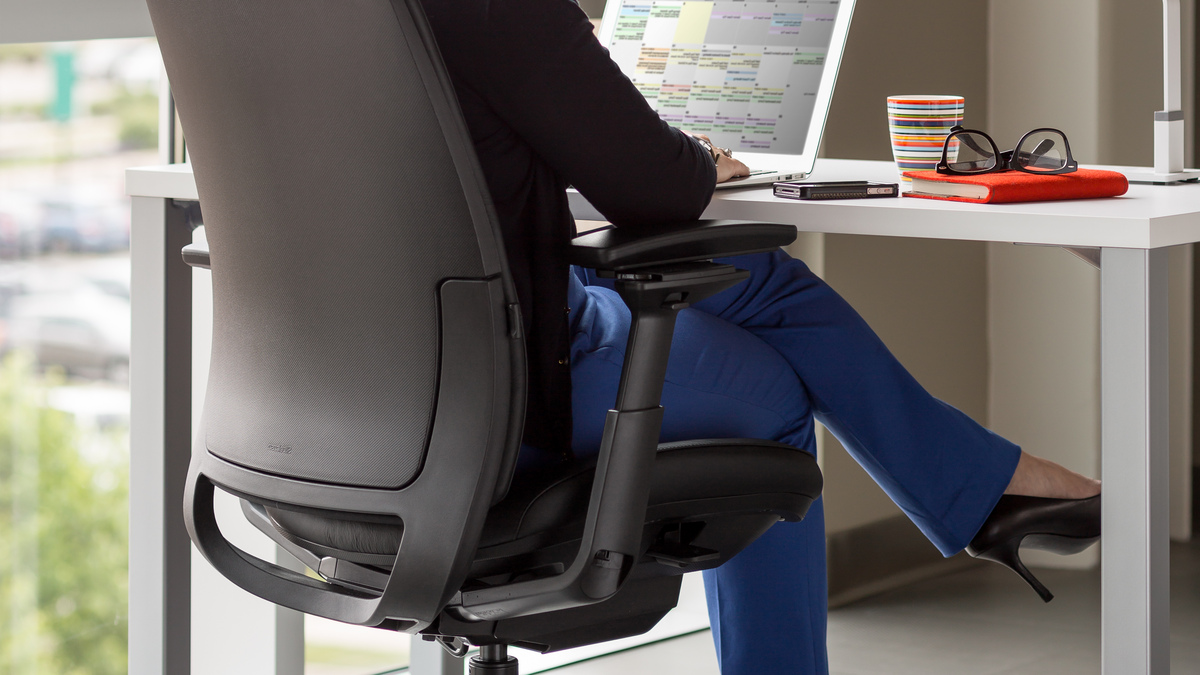
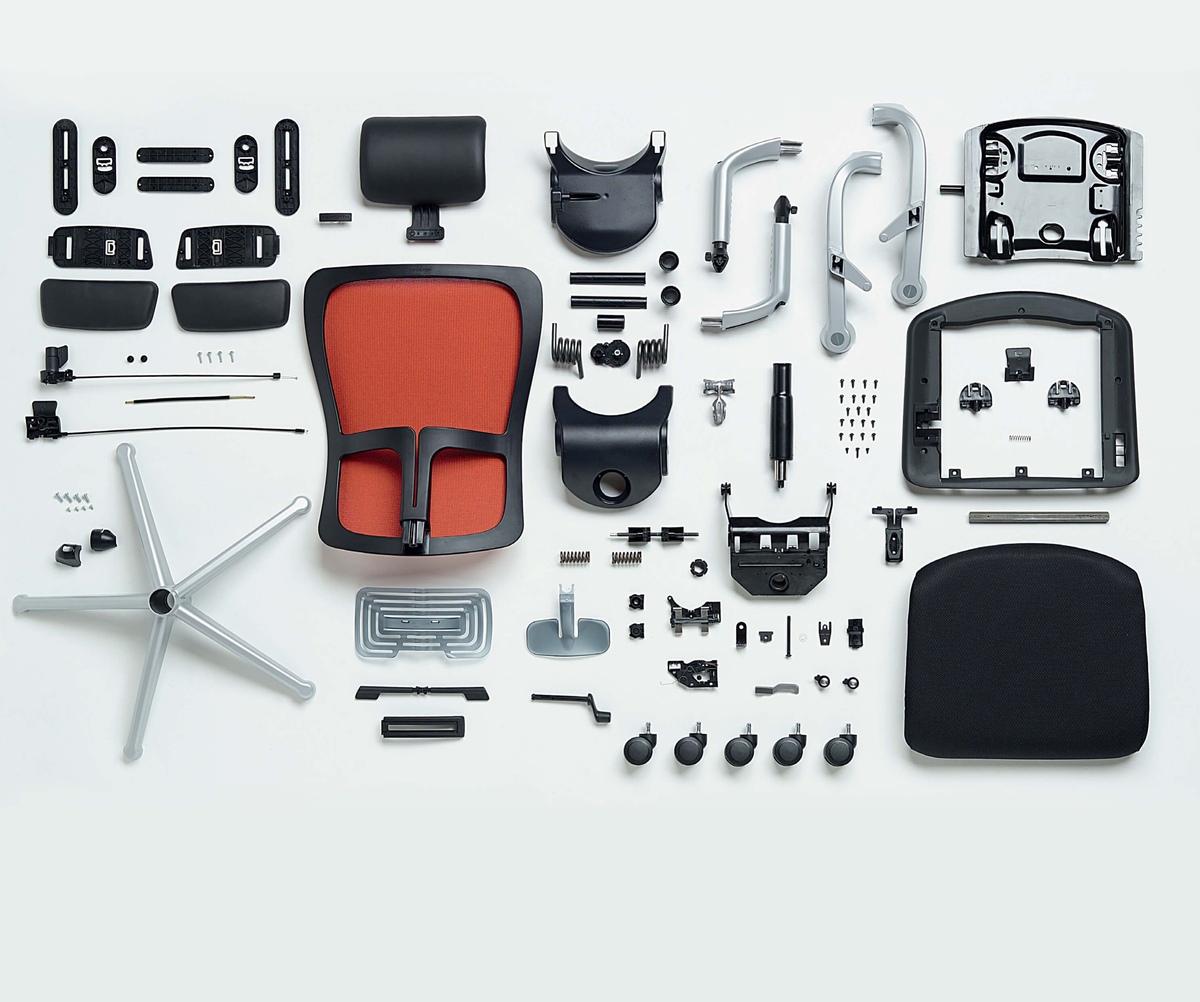

0 thoughts on “How To Lower An Office Chair”